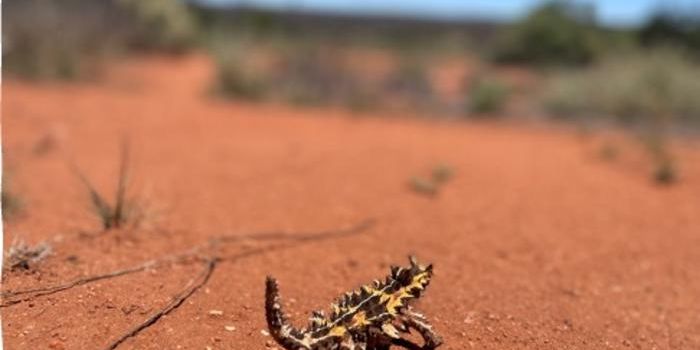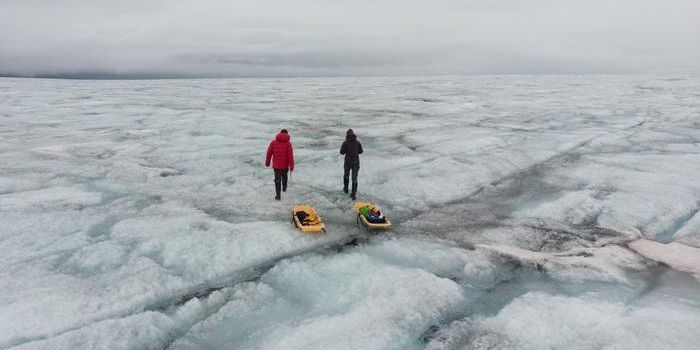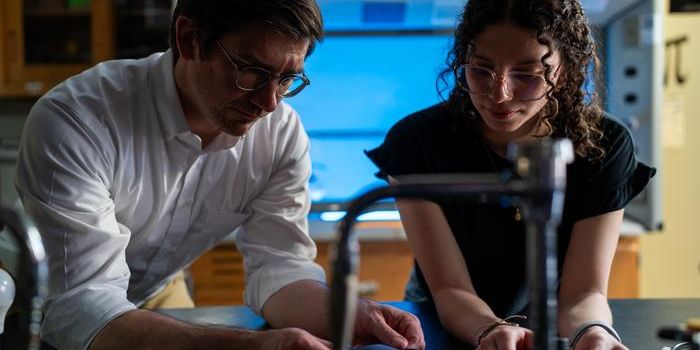Black Holes Don't Always Kill, They Give Birth to Stars too
Black holes are mysterious objects which are usually known for their ability to rip stars apart or suck them in if they trespass the region called the event horizon around them. A miraculous discovery has been made by a team of researchers led by a graduate student, Zachary Schutte from Montana State University regarding the black holes. A supermassive black hole at the center of a galaxy called Henize 2-10 is helping with the formation of new stars in a nearby nursery.
There are various kinds of black holes ranging from a mass about 10 times the mass of the Sun to a few million times the mass of the Sun. The heavier ones are found at the center of galaxies and are called supermassive black holes.
Supermassive black holes are usually found at the center of most galaxies and, when these have big jets of material coming out of them that can extend to millions of miles in the space, they are called active galactic nuclei (AGNs). Usually, these jets are so hot (~ millions of degrees) that anything in their vicinity is destroyed. However, if one of these jets is at the right distance from a given gas cloud, it would heat it up just the right amount to help start star formation. All the stars in this universe were formed from gas clouds collapsing under their gravity eventually becoming hot enough to form stars.
These researchers found one active supermassive black hole with jets one of which is heating up a gas cloud about 230 light-years away from it. This means that light takes about 230 years to travel from this black hole to the nearby gas cloud. As stated earlier, if this jet is at just the right distance, it could help with star formation. This is exactly what is happening in this scenario. They saw pictorial evidence of this phenomenon using the Hubble Space Telescope. This was only possible because this galaxy is only 30 million light-years away, which is nearby in astronomical terms to us. This amazing and rare discovery was published in the Nature journal in January, 2022.
Source: Nature, livescience








